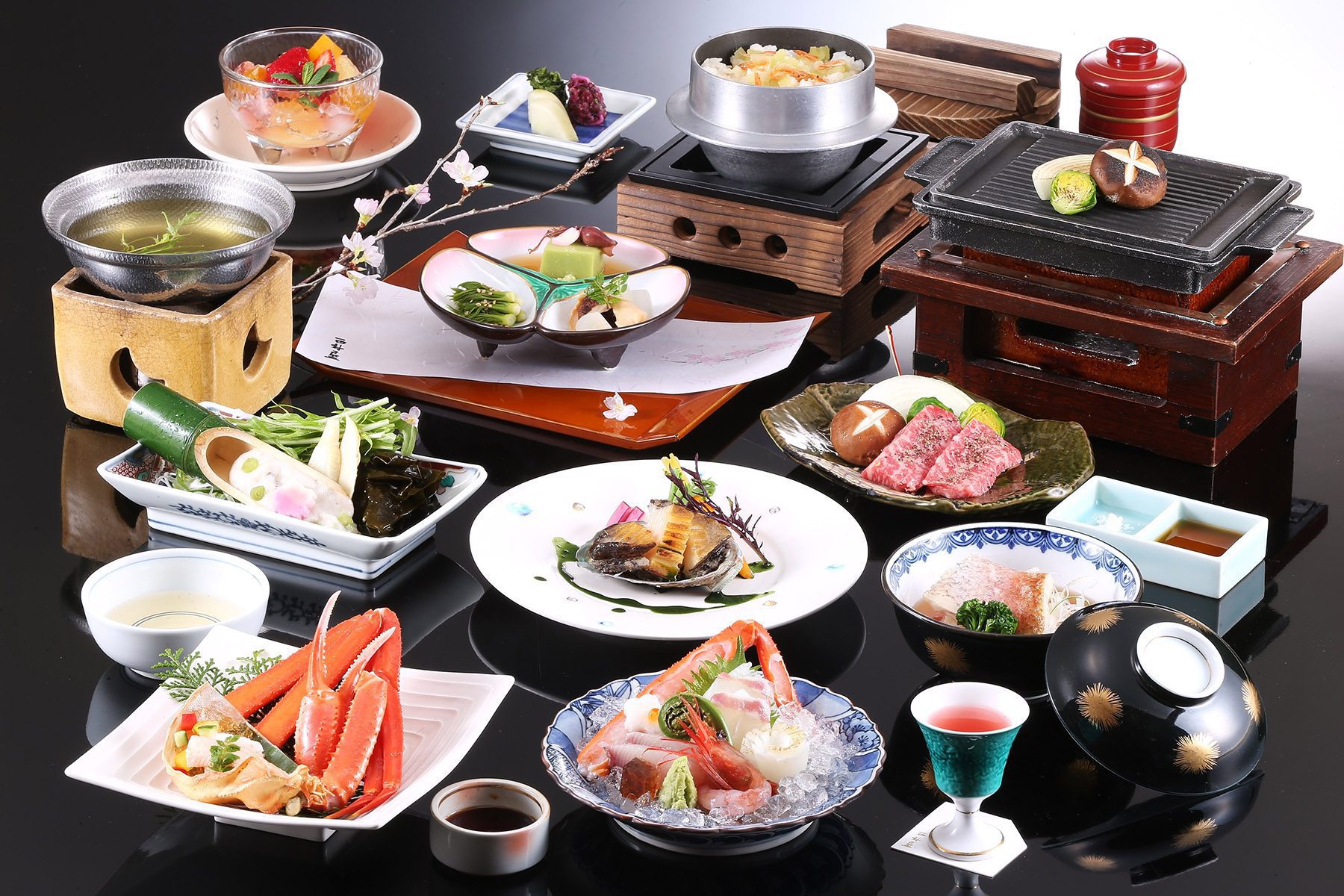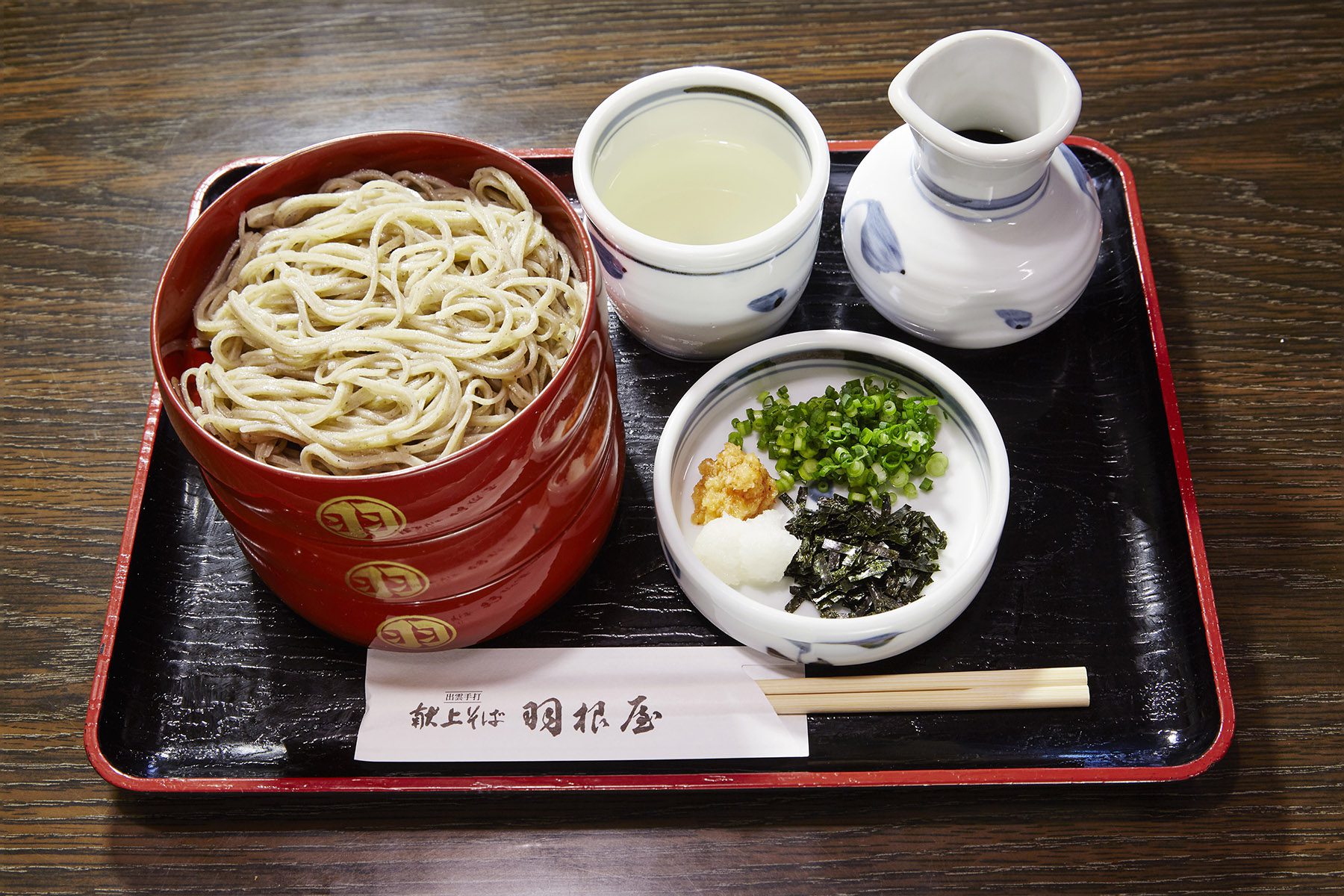Popular Foods to Try in Japan
A common concern of people travelling from Western countries is how they will get on with the local foods in Japan. Of course, many people love eating various types of Japanese food in their home cities, but many more have little to no experience with Asian cuisine and may be a bit apprehensive of the unknown.
When you first see a menu in Japan and have no idea what to order and don’t know the difference from one dish to another, the quick summary below of the main Japanese food items will help you order with more confidence, and ultimately help you enjoy your meal more by ordering what you actually like (or would like to try) instead of picking something at random.
FISH & MEATS:
- Sushi/Sashimi:
- Sushi is vinegared rice paired with various ingredients like fish, vegetables, and seaweed. Sashimi is raw fish or seafood often served with wasabi and soy sauce.
- Tako Yaki:
- Balls of octopus meat fried in batter: a popular street food, especially in Osaka.
- Unagi:
- BBQ soft eel.
- Yakitori:
- Skewered and grilled chicken, often enjoyed with a teriyaki glaze.
- Yakiniku
- Simply means grilled meat, but usually refers to beef grilled over a small BBQ placed at the centre of the table.
- Shabu Shabu:
- A Japanese hotpot with thinly sliced meat and vegetables, cooked tableside in a pot of broth.
- Gyudon:
- A rice bowl topped with seasoned beef and onion, a quick and satisfying meal.
- Wagyu (Kobe Beef):
- High-quality, marbled beef known for its tenderness and rich flavour, served in teppanyaki restaurants.
- Tonkatsu
- Breaded and deep-fried port cutlet, often eaten with curry rice.

Kaiseki Dinner at traditional Ryokans – a multi-course tasting menu with a huge variety of tastes, textures, and colours.
NOODLES:
- Ramen:
- Wheat noodles in a flavourful broth with toppings like sliced pork, seaweed, and eggs.
- Udon:
- Thick wheat flour noodles are typically served in a soy-dashi broth, eaten hot or cold.
- Soba:
- Thin noodles, made from buckwheat flour, can also be enjoyed hot or cold, often with a dipping sauce.

Soba noodles (above) are typically healthier than ramen noodles, but miss the flavourful ramen broth.
OTHER DISHES:
- Sukiyaki:
- A one-pot dish of beef, vegetables, and tofu cooked with a sweet soy sauce broth in a shallow cast iron pot. It is often the perfect way to enjoy wagyu beef.
- Tempura:
- Lightly battered and fried seafood or vegetables are served with a dipping sauce.
- Kare Raisu (Curry Rice):
- Japanese-style curry over rice with a mix of meats and vegetables.
- Okonomiyaki:
- A savory pancake with various mix-ins like seafood, meat, and vegetables, cooked on a griddle.
- Gyoza:
- Deep fried dumplings usually contain mince pork and chives.
- Miso Soup:
- A side dish served with most meals, made from miso paste and dashi broth, containing tofu and seaweed.
- Onigiri:
- Rice balls with various fillings, a common and convenient snack and very much the Japanese equivalent of western pack-lunch sandwiches.
- Wagashi / Mochi:
- Sweet rice cakes often served with green tea, can be flavored or filled with bean paste or matcha.

Matucya sweets are often served at traditional tea ceremony in Japan. The sweet bean-paste helped balance the bitterness of green tea.
Each of these dishes offers a unique taste of Japan’s culinary diversity, and your trip to Japan will be so much richer if you experience as much of the food culture there along with the other forms of culture you will immerse yourself in.

